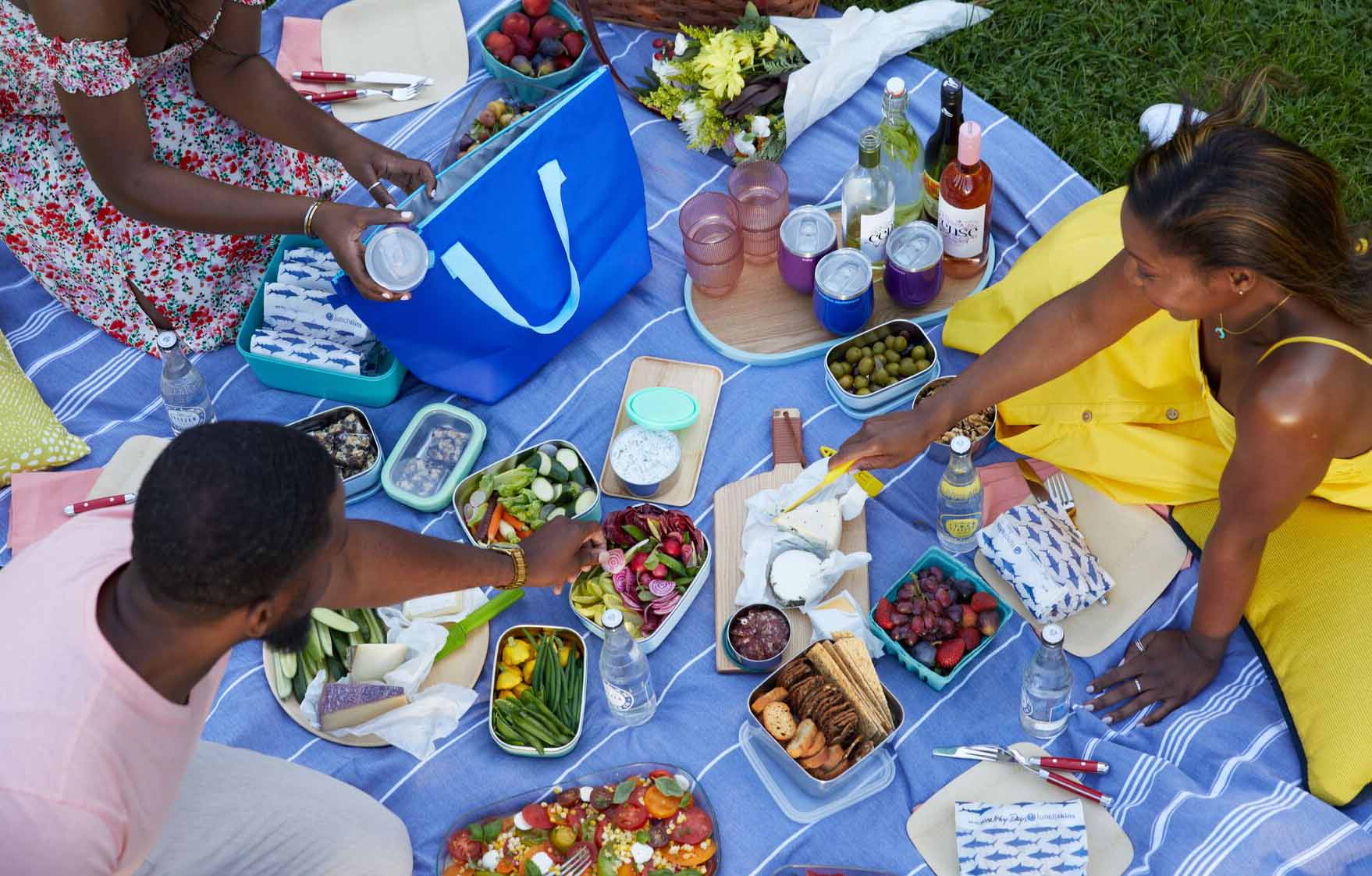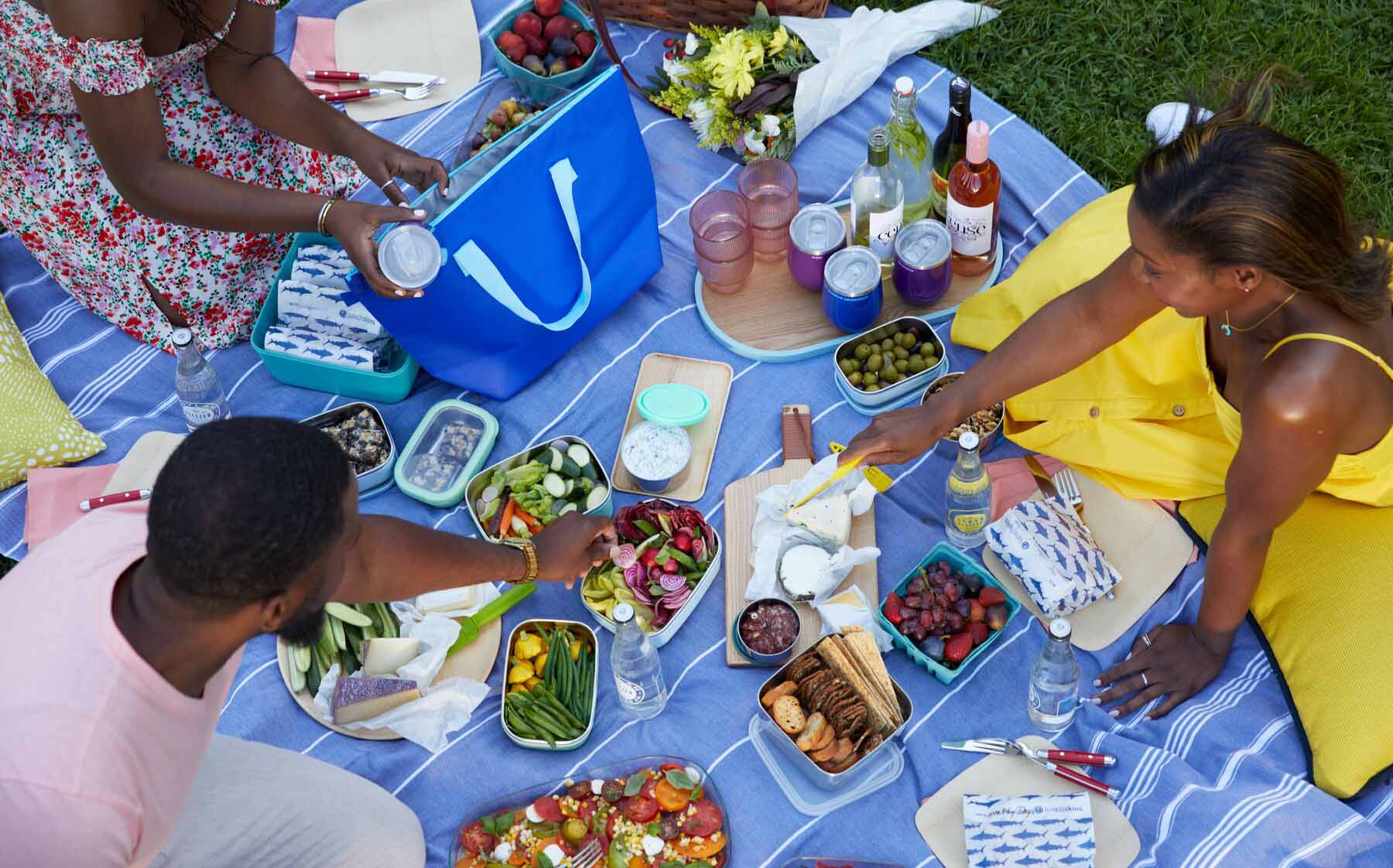How to pack a cooler


With summer underway, there’s never been a better time to take a quick refresher course on safely packing a cooler. Anyone who’s ever experienced a nasty bout of food poisoning after a picnic or backyard barbecue knows firsthand the importance of keeping cooler contents at the right temperature on a hot summer’s day. Follow these guidelines for packing a food safe-approved cooler and enjoy a long summer of al fresco dining.
Pick the right cooler for the job
Choose a hard-sided fibreglass cooler over a flexible cooler bag for highly perishable foods or longer camping trips. Hard-sided coolers are more durable, will keep ice frozen for longer periods of time and are generally able to fit more food and drinks (and most importantly, ice.) Soft-sided cooler bags are ideal when they’re used as secondary coolers for more hardy items or for shorter picnics. Since cooler bags are collapsible it’s easy to keep a couple of extras on hand for larger picnics.
A cold cooler is the best cooler
Instead of using ice cubes or crushed ice to keep things chilled, both of which melt quickly, opt for solid pieces of ice or frozen ice packs. To make your own reusable ice packs, fill large resealable freezer bags with water and freeze until solid. For extra reinforcement and to help ensure a constant temperature of 4° Celsius or lower, freeze water and juice bottles before adding them to the cooler (don’t freeze carbonated beverages, once they’re partially defrosted they’ll explode when opened.) Store your cooler in the shade and open only when necessary. If you know the cooler won’t be opened for several hours you can use duct tape to seal it shut completely.
Learn the best way to layer cooler contents
Begin by layering solid pieces of ice or ice packs on the bottom of the cooler. Then add firm, highly perishable foods such as meat, chicken, fish, dairy, or mayonnaise-based salads packed tightly into containers. The top layer of the cooler should be fruits and vegetables, bread, and other less perishable items or foods that are easily squashed. Fill any gaps with more ice, frozen beverages or frozen fruit.
Prep food and drinks for cooler storage
Highly perishable foods such as raw meat and seafood can be frozen the night before the picnic so that they’ll stay extra-cold while being stored in a cooler. Fresh fruit, such as berries, watermelon and grapes, are ideal for freezing as well. Not only will frozen fruits help keep cooler temperatures low, they also make sweet 0 SmartPoints treats on a hot day.
Follow food safety rules at all times
On days where temperatures soar over 32° Celsius, perishable food should only be out of the cooler for one hour or less. This time is cumulative which means you can’t take it out for 20 minutes, put it back in the cooler and then reset the clock to a full hour when you get hungry again. When it comes to food safety, always follow the motto, “if in doubt, throw it out.”
